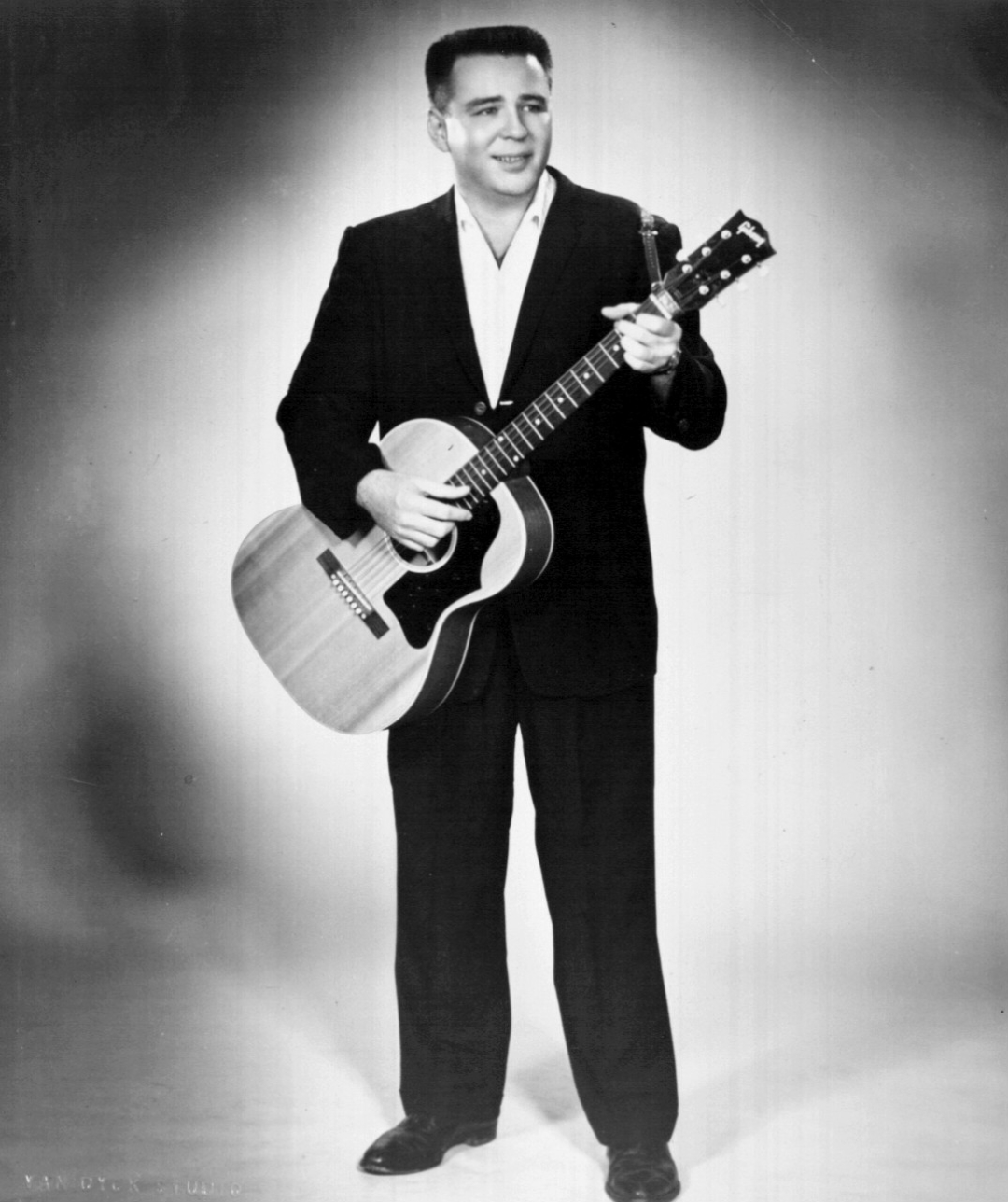⚡ A Voice That Danced Through the Airwaves
In the summer of 1957, a young Texas disc jockey named Jiles Perry “J.P.” Richardson Jr. sat behind his radio microphone at KTRM in Beaumont, spinning records and cracking jokes. His deep baritone voice boomed across the airwaves with a grin you could hear. He wasn’t just playing songs—he was performing. Between hits by Elvis, Jerry Lee Lewis, and Little Richard, he’d improvise funny bits, talk to imaginary characters, and turn radio into a kind of theater.
He called himself “The Big Bopper.”
It was part nickname, part alter ego—half showman, half wild child.
At a time when rock ’n’ roll was still shaking off its chains of conservatism, Big Bopper represented something fresh: a mix of humor, swagger, and heart. He didn’t just want to play the hits—he wanted to become one.

🎵 “Chantilly Lace” – The Sound of Joy in 1958
In 1958, The Big Bopper stepped out from behind the DJ booth and into the recording studio. The result was “Chantilly Lace”, a playful, flirtatious, and utterly contagious song built on little more than a phone call.
“Hello, baby!”
That opening line—half drawl, half purr—became one of the most recognizable intros in rock history.
The song was funny, sexy, and alive. It captured the teenage spirit of the 1950s: lighthearted, romantic, a little rebellious. “Chantilly Lace” climbed to No. 6 on the Billboard charts, selling over a million copies.
More than that, it introduced something new to rock ’n’ roll: personality. While others were singing about heartbreak and desire, The Big Bopper made people laugh. He was the guy who didn’t take himself too seriously—and that made him unforgettable.
📻 From DJ to Innovator
Few people know that before he was a singer, Big Bopper was an inventor of sorts. In 1957, while working at KTRM, he set a world record for the longest continuous broadcast by a single DJ—five days, two hours, and eight minutes on air.
But his creativity went further. Richardson was among the first to envision music videos—he called them “video music,” long before MTV existed. He wrote and recorded several short musical films, intending them to be played on television jukeboxes. The technology wasn’t ready, but his idea was decades ahead of its time.
And if that wasn’t enough, he was also a prolific songwriter. He penned “White Lightning,” which became George Jones’s first No. 1 country hit, and “Running Bear,” later made famous by Johnny Preston. Both songs were completed before his death, recorded by others after he was gone.
✈️ “The Day the Music Died”
By early 1959, The Big Bopper had joined Buddy Holly and Ritchie Valens on a grueling winter tour known as the “Winter Dance Party.” The tour was a logistical nightmare—freezing buses, endless miles across the Midwest, and little sleep.
On February 2, 1959, after a show in Clear Lake, Iowa, Richardson—exhausted and suffering from the flu—asked Holly’s bassist, Waylon Jennings, if he could take his seat on the small charter plane. Jennings agreed.
Minutes after takeoff, the plane crashed in a frozen cornfield outside Mason City, Iowa. All four on board were killed instantly.
That day would later be immortalized as “The Day the Music Died.”
The Big Bopper was only 28 years old. He left behind a wife, Adrienne, and a newborn daughter he had never met.
🕯 A Smile That Never Faded
While Buddy Holly was hailed as the visionary and Ritchie Valens as the prodigy, The Big Bopper was often remembered as the comic relief. But in truth, he represented something equally essential to the DNA of rock ’n’ roll: joy.
His music wasn’t about rebellion or angst—it was about fun. About the magic of hearing a song that makes you laugh, tap your feet, and forget the world for three minutes.
Decades after his death, “Chantilly Lace” still pops up in movies, commercials, and radio playlists. That first “Hello, baby!” remains an instant time machine back to the golden age of rock.
💿 Legacy Beyond the Laughter
The Big Bopper’s career may have been short, but his influence quietly shaped generations of performers who understood that entertainment was more than just sound—it was character. Artists like Jerry Reed, Ray Stevens, and even later country-rock entertainers such as Garth Brooks inherited a bit of that same sparkle—the showman’s instinct to make people feel good.
In 2007, nearly 50 years after his death, The Big Bopper’s body was exhumed at his family’s request for forensic study. Remarkably, he was found perfectly preserved in his casket—a haunting but oddly fitting symbol of how his legacy endured untouched by time.
When his son, Jay Perry Richardson, looked upon his father for the first time, he said, “He looked like he could still walk on stage and say, ‘Hello, baby!’”
🎤 The Spirit Lives On
Today, The Big Bopper is remembered not just as one of the victims of that tragic plane crash—but as a pioneer of modern music entertainment. He bridged country, rock, and comedy with a natural charisma that couldn’t be taught.
Every time a DJ cracks a joke on-air, every time a performer winks at the crowd mid-song, and every time we celebrate rock not as rebellion but as joy, we hear echoes of J.P. Richardson.
He taught us that music didn’t always have to be serious to be meaningful. Sometimes, it just had to make you smile.
And in that smile, he never truly left.
🎶 Song: “Chantilly Lace” (1958)
By The Big Bopper – A timeless burst of fun and flirtation that defined his spirit and still makes the world grin with its opening line: “Hello, baby!”